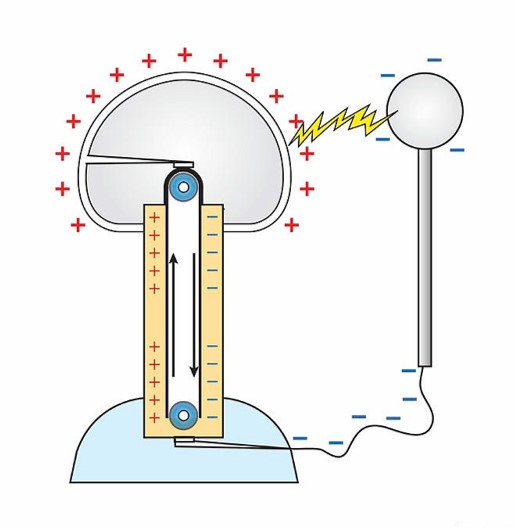Vision & To Do
Kill CO₂ !
Sep, 2024
Our experiments are centered around developing a device to reduce CO₂ emissions directly at the source, specifically from automobile exhausts. The project aims to address climate change by creating a solution that could serve as a transitional tool, bridging current internal combustion engine technology with future, more sustainable transportation options. This includes the potential for integration with electric and hydrogen-powered vehicles.
Our Vision
We envisions the car filter as part of a toolkit to mitigate climate change, especially by addressing CO₂ emissions from vehicles. The device would ideally utilize high energy to decompose CO₂ directly into carbon and oxygen, capturing the carbon for disposal. If successful, this innovation could reduce the environmental impact of conventional vehicles, even providing a practical solution until more sustainable vehicles become mainstream.
Our purpose is to experimentally validate the feasibility of decomposing CO₂ using high-voltage methods (such as a Van de Graaff generator). Through a series of proof-of-concept experiments, the team will determine the required energy levels and technical conditions necessary for CO₂ breakdown. This validation is essential to assess the car filter's practicality and to potentially pave the way for broader applications, including other emissions like NO₂
Things To Do
Our sponsor's proposed method aims to decompose CO₂ directly in vehicle exhaust using high-voltage discharge equipment, such as a Van de Graaff generator. This device, called the "car filter," theoretically works by applying high-energy currents to break down CO₂ into carbon and oxygen (C and O₂). The carbon produced would be captured and stored in a container for later disposal.
The specific steps include:


1. Review Previous Data:
- We should first review the work completed by the previous team in 2012 to decide whether to build upon their approach or choose a new direction.
2. Initial Experiment Verification:
- Use a sealed box or similar airtight chamber to contain CO₂.
- Equip the setup with gas detection devices (e.g., CO₂ detector, O₂ detector) to monitor gas changes throughout the experiment.
- Activate the Van de Graaff generator or similar high-voltage equipment to discharge and observe whether CO₂ decomposes under the discharge conditions.
- After a set amount of time, measure changes in the gas composition inside the chamber using the detection equipment to verify initial decomposition effects.
3. Further Experimentation and Optimization:
- If initial experiments show positive results, further tests will focus on determining the precise energy required for CO₂ decomposition. Using bond dissociation energy charts, the team will identify the optimal energy level to ensure the desired products (C and O₂) are generated, avoiding byproducts like carbon monoxide.
- Find the “sweet spot” of energy required to effectively break down CO₂ without forming unwanted byproducts.
4. Energy Supply Optimization:
- Explore energy sources for the device to reduce reliance on the vehicle’s battery, potentially using excess vehicle energy for the discharge process. The sponsor suggests initially powering the device with the car’s starter battery, then switching to the vehicle alternator or a belt connected to the axle for sustainable operation.
5. Real-World Application Design:
- To ensure all CO₂ and other harmful gases are directed through the high-voltage discharge zone, the filter design would employ negative pressure and controlled airflow to prevent gas backflow.
- Once the device has accumulated sufficient carbon, users could dispose of the stored carbon container when refueling.
If successful, this method could serve as a transitional solution to make conventional internal combustion vehicles more environmentally friendly, paving the way for cleaner transportation technologies in the future. And this is what we will work in.